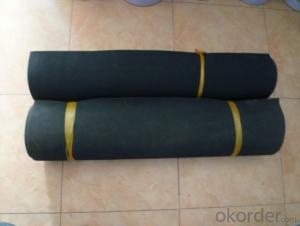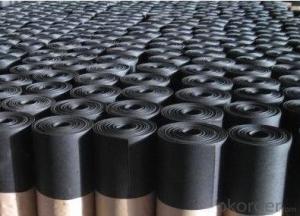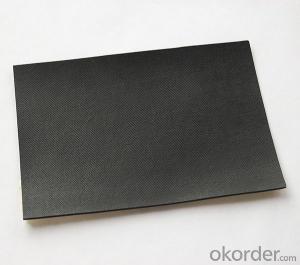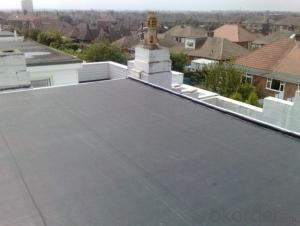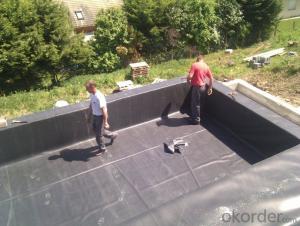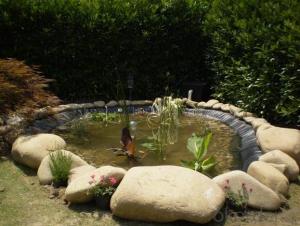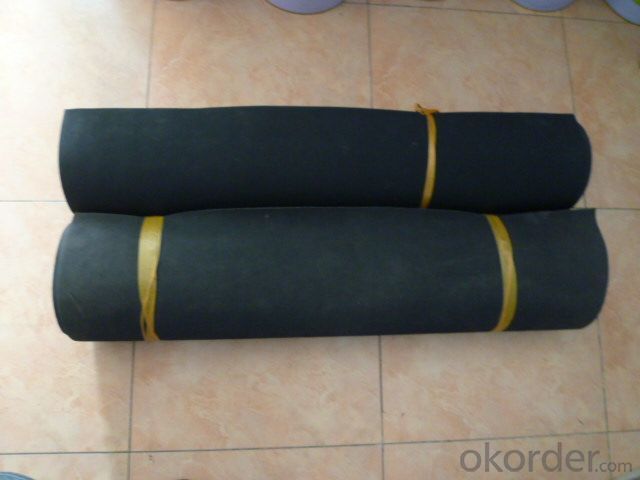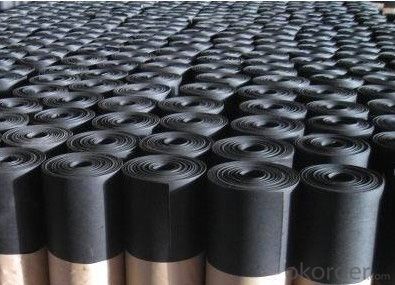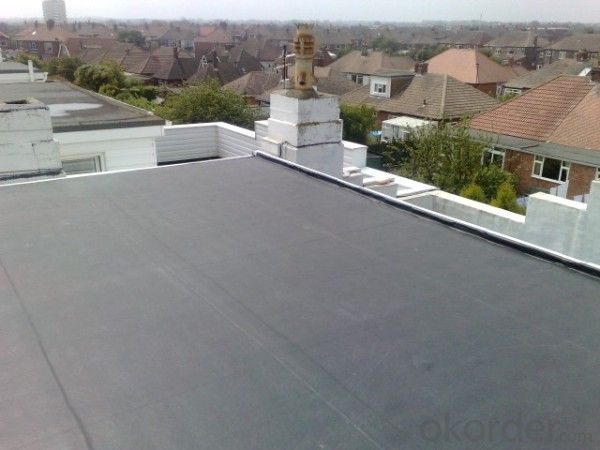EPDM Coiled Rubber Waterproof Membrane for Balcony
- Loading Port:
- Shanghai
- Payment Terms:
- TT OR LC
- Min Order Qty:
- 50000 m²
- Supply Capability:
- 5000000 m²/month
OKorder Service Pledge
OKorder Financial Service
You Might Also Like
EPDM Coiled Rubber Waterproof Membrane for Balcony
Description Of EPDM Coiled Rubber Waterproof Membrane for Balcony:
•EPDM waterproof sheet has excellent anti-ozone-aging performance, able to resist ultraviolet light and corrosion of many chemical corrosive materials in the atmosphere
•It has high tensile strength, high ductility and strong retractility, it has excellent crack resistance, able to effect waterproof function even with tiny vibration of buildings.
• Excellent resistance to ozone, oxidation and sunlight.
• Resistance to chemicals; resistant to most inorganic products.
Main Features of EPDM Coiled Rubber Waterproof Membrane for Balcony:
A.Polyester based SBS Modified Bitumen Waterproofing Membrane
a. Strong impermeability
b. High tensile strength, elongation, ability to adapt the grassroots shrinkage deformation and cracking
c. Puncture-resistant, broken resistant, tear-resistant
d. The corrosion resistance, resistance to mildew, weathering good
e. Construction convenient, hot-melt can be operated Four Seasons Construction, reliable joints
Specifications of EPDM Coiled Rubber Waterproof Membrane for Balcony:
| Material | EPDM Rubber |
| Size | 1.2m (width)*20m (length) or customized, weldable type 2.05m or 4m width |
| Thick | 1.2mm, 1.5mm, 2.0mm |
| Type | Vulcanized & Weldable |
| Pattern | Non-reinforced (homogeneous) |
| Certificate | ISO9001/14001 |
Applications of EPDM Coiled Rubber Waterproof Membrane for Balcony:
1. The substratum should be smooth, dry, clean, which can not have loosing and peeling phenomena.
2. Before application, clean up the basic level and eradicate the impurities.
3. Spread out the membrane on the substratum to loose sheet's stress. Use adhesive-glue to paint the substratum and the surface of membrane. When the adhesive is not sticky to hands, pave and press smoothly.
4. When pave the second volume of membrane, extrude 100mm of the edge of overlap of the first roll and do not paint with the adhesive. Pave the membrane on the substratum according to step so as to finish the whole pavement. When paving, do not tighten the waterproof membrane violently.
5. After that, use the special solvent to scrub the overlap joint. When it becomes fully dry , use the sheet glue to paint the both sides of the joint. Paint it again when it gets completely dry. Till the adhesive is not sticky to hands, press it smoothly and solidly.
6. Pay attention to fire prevention during application. Basement construction site shall be equipped with ventilation facilities
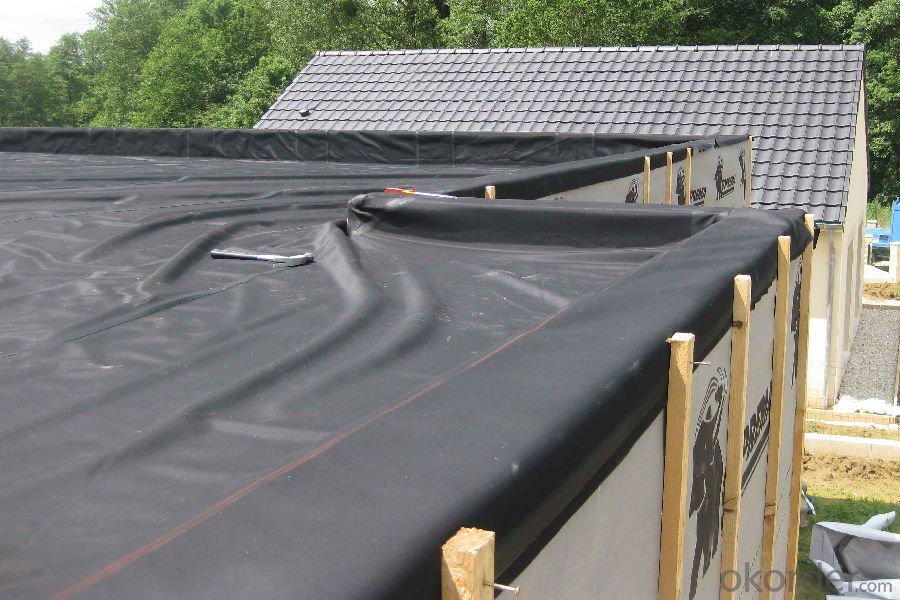
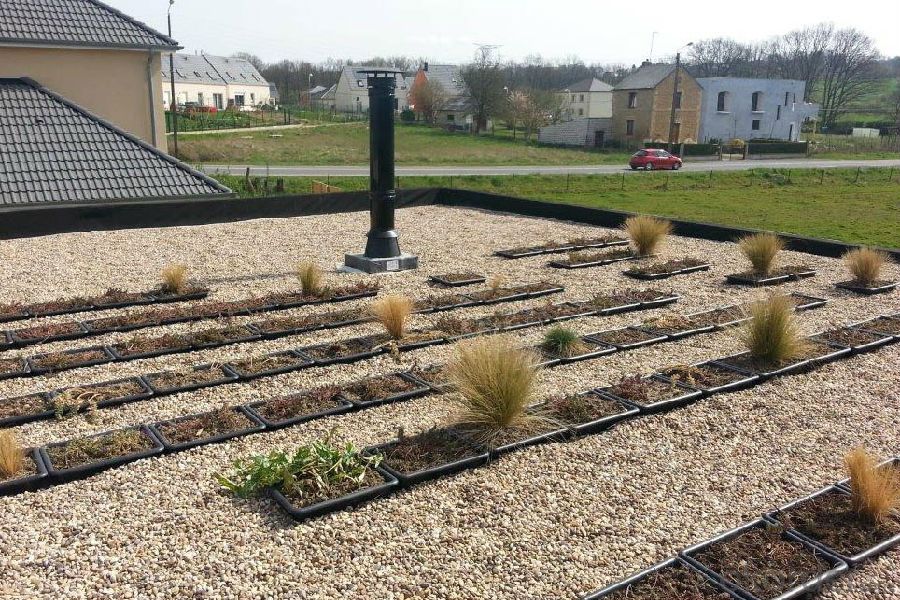
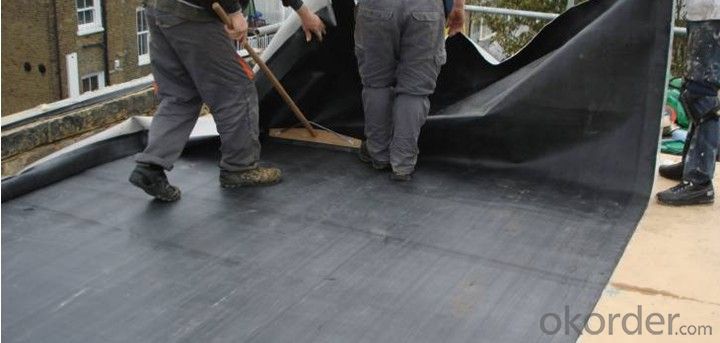
IMages of EPDM Coiled Rubber Waterproof Membrane for Balcony:
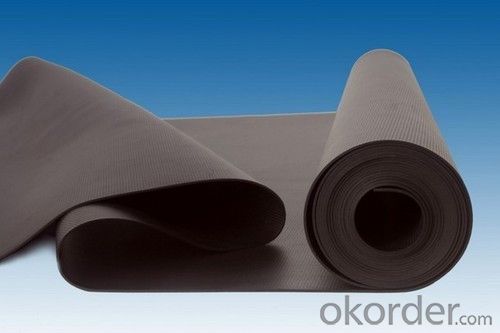
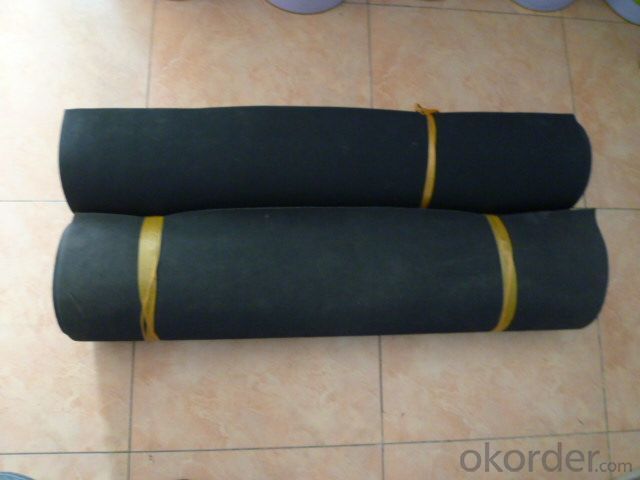
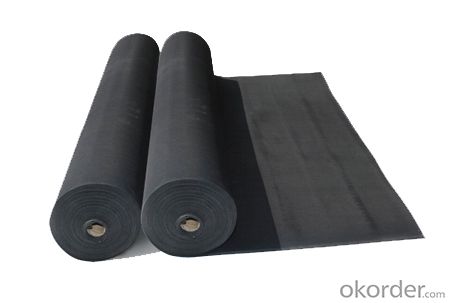
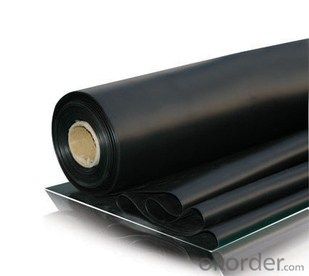
FAQ of EPDM Coiled Rubber Waterproof Membrane for Balcony:
1. What are we supplying?
We are specialized in producing Colorful Asphalt Roof Shingle, SBS/APP modified bitumen waterproof membrane, Self adhesive bitumen waterproof membrane, PVC waterproofing membrane, EPDM rubber roofing membrane, Single Component Polyurethane Waterproof Coating, and Spray Polyurea Waterproof Coating
.
2. How Many years experience do we have?
We have been exported to more than 20 countries in the past 15 years.
3. How long do we usually reply your request?
We always reply our customer within 24 hours.
- Q: Can a waterproofing membrane be walked on?
- Yes, most waterproofing membranes can be walked on. However, it is important to follow the manufacturer's guidelines and recommendations to ensure the membrane's integrity and effectiveness are not compromised.
- Q: Can a waterproofing membrane be used in roofs?
- Yes, a waterproofing membrane can be used in roofs. Waterproofing membranes are often used in roofing systems to provide a protective barrier against water infiltration, preventing leaks and water damage.
- Q: How does a waterproofing membrane compare to other waterproofing methods?
- Compared to other traditional waterproofing methods, a waterproofing membrane stands out in several ways: 1. Unmatched Protection: When it comes to keeping water out, a waterproofing membrane is unparalleled. Unlike waterproof paints or coatings, which may crack or peel, a membrane forms a continuous and seamless barrier that can withstand extreme weather conditions. 2. Long-Lasting: Designed to be durable, waterproofing membranes are made from materials like rubber, PVC, or modified bitumen that resist wear and tear. This ensures that they provide a reliable waterproofing solution for many years. 3. Versatility at its Best: Waterproofing membranes can be applied to various surfaces, including concrete, metal, and wood. They are suitable for a wide range of applications such as roofs, basements, foundations, and tunnels, making them ideal for both residential and commercial projects. 4. Flexible and Adaptable: Thanks to their flexibility, waterproofing membranes conform to the shape and contours of the surface they are applied to. This quality allows them to accommodate any structural movements or shifts, preventing potential cracks or gaps that could lead to water leakage. 5. Easy to Install: Professionals or experienced DIYers can easily install waterproofing membranes. The process involves rolling out the membrane onto the surface, adhering it with adhesive or heat-welding, and sealing the edges and seams. This simplicity of installation makes it a popular choice for new construction and retrofit projects alike. 6. Cost-Effective Investment: Although the initial cost of installing a waterproofing membrane may be higher compared to other methods, its long-term cost-effectiveness makes it a wise investment. The durability and longevity of the membrane result in fewer maintenance and repair costs over time, saving money in the long run. In conclusion, a waterproofing membrane surpasses other waterproofing methods in terms of protection, longevity, versatility, flexibility, ease of installation, and cost-effectiveness. Its ability to provide a continuous and reliable barrier against water intrusion makes it the preferred choice for many construction projects.
- Q: Are waterproofing membranes resistant to battery acid?
- Yes, waterproofing membranes are generally resistant to battery acid.
- Q: What is the use of waterproof membrane?
- As we all know, the quality of waterproofing membrane is good or bad, the use of appropriate, a direct impact on the quality of waterproofing works, the life of the building also has a direct impact.
- Q: Can waterproofing membranes be used on balconies?
- Indeed, balconies can benefit from the utilization of waterproofing membranes. Specifically engineered to establish a safeguarding shield against water infiltration, these membranes prove to be an optimal remedy for balconies that are susceptible to weather conditions like rain, snow, and moisture. Generally, these membranes are administered onto the balcony's surface, creating a continuous and impermeable seal that effectively obstructs the passage of water, thus averting harm to the underlying structure. By employing waterproofing membranes on balconies, one can effectively prolong their lifespan, diminish maintenance expenses, and guarantee their general resilience and functionality.
- Q: Can waterproofing membranes be installed on uneven surfaces?
- Yes, waterproofing membranes can be installed on uneven surfaces. However, to ensure effective installation, it is important to properly prepare the surface by leveling or smoothing it out as much as possible before applying the membrane.
- Q: Can waterproofing membranes be used on bridge decks?
- Bridge decks can benefit greatly from the application of waterproofing membranes. Due to the constant exposure to harsh weather conditions like rain, snow, and freeze-thaw cycles, the concrete and steel reinforcement of bridge decks can deteriorate. Waterproofing membranes are specifically designed to counter water infiltration and safeguard the bridge deck against damage caused by moisture. Typically composed of flexible materials like bitumen, PVC, or EPDM rubber, these membranes are directly applied to the surface of the bridge deck. Acting as a barrier, they prevent water from seeping into the concrete and causing corrosion of the reinforcement. They also help minimize crack formation and extend the lifespan of the bridge deck. Furthermore, the effectiveness and durability of waterproofing membranes can be enhanced by combining them with other protective coatings or systems. All in all, the utilization of waterproofing membranes on bridge decks is a widely employed and successful approach to ensure the long-term integrity and functionality of the structure.
- Q: Can a waterproofing membrane be used for industrial applications?
- Industrial applications can indeed utilize waterproofing membranes. These specialized membranes are designed specifically to create a barrier against water infiltration, and they can be employed in various industrial settings that require protection against water intrusion. Industries like construction, manufacturing, and transportation commonly employ these membranes to safeguard structures, equipment, and products from water damage. Furthermore, they can be applied to various surfaces such as roofs, walls, floors, and underground structures, providing durable waterproofing solutions that endure over time. The remarkable resilience of waterproofing membranes allows them to withstand even the harshest environmental conditions, chemicals, and high temperatures. This exceptional durability makes them particularly suitable for industrial applications that necessitate resistance to these elements. In summary, waterproofing membranes offer a dependable and efficient solution for industrial waterproofing requirements.
- Q: Can a waterproofing membrane be used in crawl spaces?
- Crawl spaces, being susceptible to moisture and water intrusion, can suffer from issues like mold, mildew, and structural damage. For protection against water damage, using a waterproofing membrane is an effective solution. By installing the membrane on the walls and floor of the crawl space, it creates a barrier that keeps moisture out. This is especially useful in areas with high water table levels or frequent flooding. Moreover, the waterproofing membrane not only safeguards the crawl space but also enhances indoor air quality by inhibiting mold growth and reducing allergens. To determine the most suitable waterproofing membrane and installation method for a specific crawl space, it is advisable to seek professional advice as requirements may differ.
Send your message to us
EPDM Coiled Rubber Waterproof Membrane for Balcony
- Loading Port:
- Shanghai
- Payment Terms:
- TT OR LC
- Min Order Qty:
- 50000 m²
- Supply Capability:
- 5000000 m²/month
OKorder Service Pledge
OKorder Financial Service
Similar products
Hot products
Hot Searches
Related keywords
